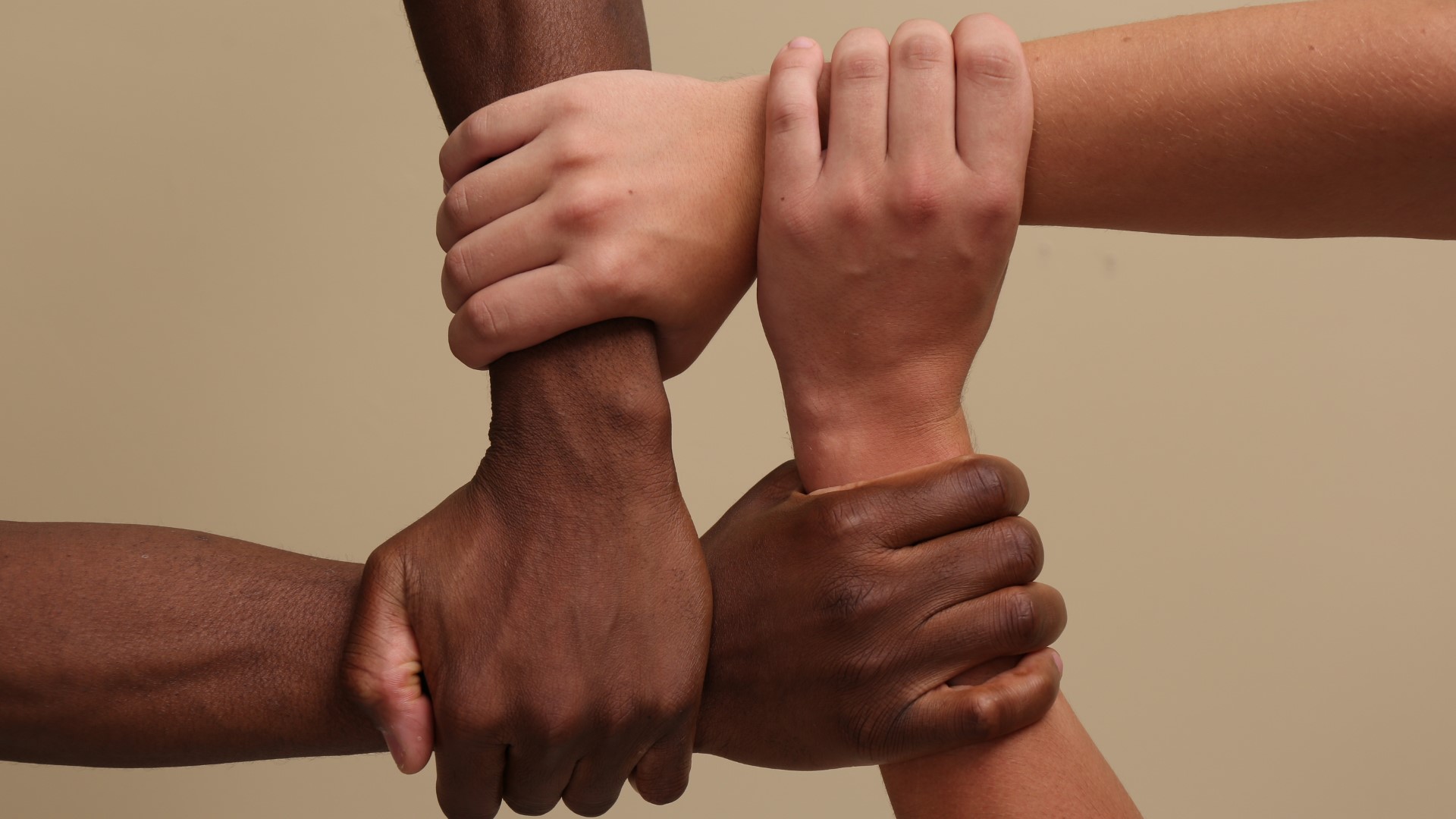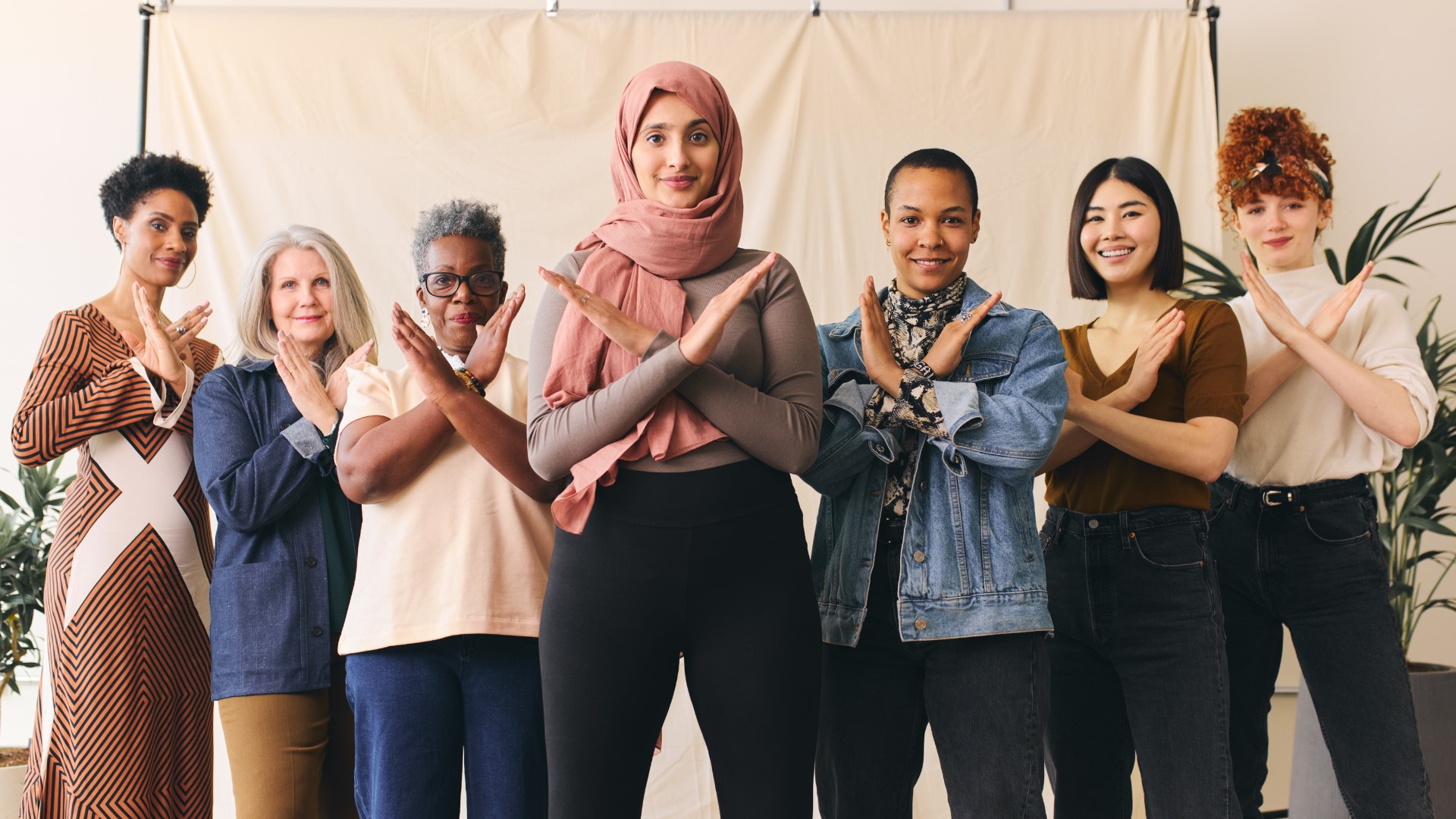
21 Mar International Day for the Elimination of Racial Discrimination: UK Laws & DEI Insights
Understanding Racial Discrimination Laws in the UK and Europe
Observed on March 21, the International Day for the Elimination of Racial Discrimination is a global reminder of the urgent need to combat racism in all its forms. It highlights the role of legal frameworks in protecting individuals from discrimination while exposing the gaps that still allow biases to persist.
In the UK and across Europe, laws such as the Equality Act 2010 establish protections against racial discrimination in workplaces, housing, and public services. Violators face fines and legal action, ensuring accountability. However, unconscious bias remains a significant challenge, limiting the effectiveness of these laws in achieving true diversity, equity, and inclusion (DEI).
While legal protections help create fairer societies, they are not always enough. Unconscious biases—deep-seated, often unintentional prejudices—continue to influence decision-making in hiring, promotions, and everyday interactions. As a result, marginalized groups may still face barriers despite strong anti-discrimination laws.
This article explores the laws against racial discrimination in the UK and Europe, their impact on workplace and business opportunities, and the hidden challenges of unconscious bias in DEI efforts. By understanding these issues, we can better assess where progress has been made and where further action is needed.
Laws Against Racism in the UK and Europe
Laws in the UK and Europe have evolved over time to protect people from racial discrimination. These laws were built to create fairer work and social environments.
In the United Kingdom, the Equality Act 2010 is the main law. It replaced older laws like the Race Relations Act 1976. The Equality Act 2010 came into force on 1 October 2010. It expanded protection to more groups. It now covers race, age, disability, gender reassignment, marriage and civil partnership, pregnancy and maternity, religion or belief, sex, and sexual orientation.
The act sets clear rules. It makes it unlawful to treat someone unfairly because of who they are. Employers must not discriminate in recruitment, promotions, training, or pay. Landlords and service providers must treat everyone equally. The law also covers advertising and public services.
There are penalties for breaking these rules. Fines can be imposed on businesses that do not follow the law. Legal actions can be taken against those who break the rules. The Equality and Human Rights Commission monitors and enforces these protections. This helps to hold violators accountable and protect victims.
European countries have similar anti-discrimination laws. Many EU directives have set common standards across nations. These laws protect people in employment, housing, and other public sectors. Even though each country may have its own legal system, the goal is the same: to stop racism and promote fairness.
Many of these laws also connect to business opportunities. They help ensure that all job seekers have an equal chance. Companies benefit when they hire diverse teams. Diverse workforces bring fresh ideas. They also open new markets. Thus, these laws support both fairness and business growth.
Despite these strong rules, some gaps exist. The law appears to address overt racism fairly well. Yet, it may not cover every subtle or indirect form of bias. In many cases, hidden prejudices can still affect decisions. This gap calls for more work in education and culture change.
Unconscious Bias: The Hidden Challenge to DEI
Even with strong legal protections, unconscious bias remains a challenge. Unconscious bias is the automatic, hidden judgment people make. It often happens without people knowing it.
These biases can affect hiring and promotion. They may also influence how people are treated at work. Biases can lead to microaggressions and small acts of unfairness. Such actions hurt morale and limit opportunities.
Unconscious bias challenges the goals of diversity, equity, and inclusion (DEI). When bias is hidden, it can undermine good policies. It may keep talented people from reaching their full potential. Organizations can have fair rules on paper, but hidden biases may still affect decisions.
Simple training can help reduce unconscious bias. Training programs show people how to spot their own hidden prejudices. They also teach simple techniques to improve fairness. When employees understand their biases, they can work to overcome them. This leads to a better work culture.

Employers must address unconscious bias in everyday decisions. They need clear guidelines for fair treatment. These guidelines should support the spirit of the law. When bias is reduced, workplaces become more inclusive. This is good for business and for society.
Organizations can also use regular feedback to identify bias. Simple reviews of hiring and promotion decisions can show if hidden bias is at play. With these steps, companies can make better choices. They can build teams that truly reflect diversity.
While laws help stop overt racism, unconscious bias can slip through the cracks. This bias remains a key challenge for DEI. Addressing it requires ongoing effort and education. It is not enough to have the law. We must also change hearts and minds.
Enforcement, Gaps, and Opportunities for Change
Strong laws need strong enforcement. In the UK, bodies like the Equality and Human Rights Commission work hard to enforce the law. They investigate complaints and ensure that organizations follow the rules. These actions help maintain fairness in the workplace.
Penalties are a key part of enforcement. Companies that break the law may face fines. Legal proceedings can also be brought against them. This acts as a strong deterrent. It sends a message that discrimination is not acceptable.
Despite strict enforcement, gaps remain. The law works well against clear cases of racism. However, it does not always catch hidden bias. Unconscious bias can lead to indirect discrimination. This is a harder case to prove in court. Legal texts may not cover every nuance of everyday decisions.
There is also a gap in how the law supports business opportunities. While non-discrimination rules help level the playing field, some employers may still favor certain groups. This can limit the chance for others to advance. Many small biases add up over time. The result is a less diverse and innovative workforce.
The challenge is clear. Laws are strong, but cultural change is also needed. Continuous education and training are key. Organizations must commit to ongoing learning. They should review policies regularly. Simple measures, such as anonymous reviews in hiring, can help reduce bias.
Opportunities for change also lie in public awareness. When people understand the law, they are more likely to demand fairness. Media coverage and public discussions help shine a light on hidden biases. This can drive further legal and cultural reforms.
The fight against racism is not static. It evolves as society grows. Laws must keep pace with these changes. They should protect individuals in both clear-cut and subtle cases of discrimination. At the same time, organizations need to lead by example. They must show that fairness and inclusion are not just legal obligations but core values.
There is room for improvement in the legal framework. Future policies might address gaps related to unconscious bias more directly. This could include more detailed guidelines on indirect discrimination. It might also involve new training programmes that go beyond legal compliance. The goal is to build a culture where every person feels valued.
Building a Future Where Fairness Thrives
The International Day for the Elimination of Racial Discrimination is more than a symbolic observance—it is a call to action. Laws like the Equality Act 2010 have laid the groundwork for fairness, but systemic change requires continuous effort. While legal frameworks enforce accountability, true inclusivity is shaped by daily choices, workplace policies, and social attitudes.
Unconscious bias remains a powerful yet often overlooked barrier. It influences hiring decisions, career advancement, and workplace culture in ways that laws alone cannot regulate. Organizations must prioritize bias training, inclusive leadership, and equitable policies to ensure diverse voices are heard and valued.
Real progress happens when businesses, policymakers, and individuals move beyond legal compliance and actively create inclusive environments. Every conversation, decision, and policy shift toward equity brings us closer to a world where opportunity is not defined by race but by potential.
On this day, let’s move from awareness to action—challenging biases, enforcing fairness, and shaping a future where discrimination has no place.
We can help with the Policies and Practice
At SOStainability, we recognise the challenges unconscious bias poses in implementing DEI policies. But first things first – as a public or private entity, it is imperative that you have the policies in place to direct official conduct and actions against bias in the workplace. We can help you develop bespoke DEI policies that address your unique circumstances; and provide relevant training to help with implementation. Shoot us an email via hello@sostainability.co.uk and let’s get you started or progressing on this important sustainability journey.


No Comments